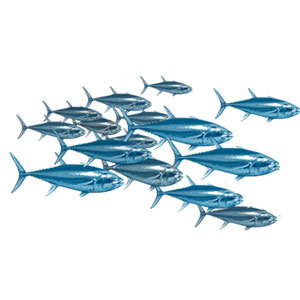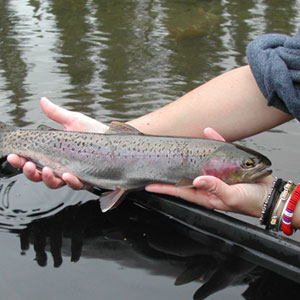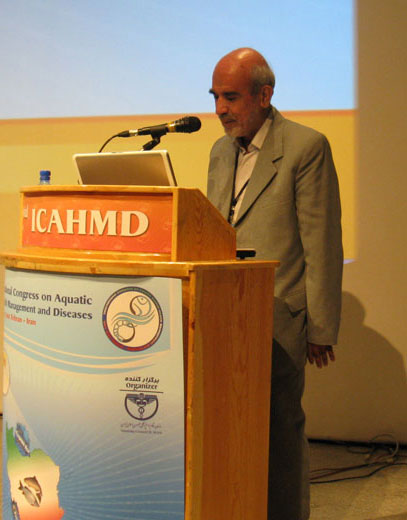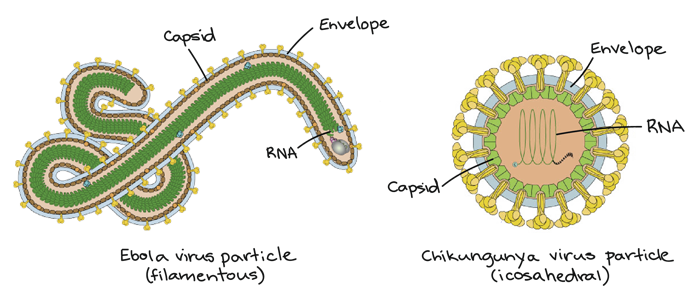VHS Virus
Cultivated fish diseases
Compilation: Professor Baba Mukhir
Publisher: Tehran University Publishers
Sixth Edition
Introduction
Professor Baba Mukhir
Born: 1320
Place of Birth: Ardabil
Background
P.H.D of Veterinary Medicine, University of Tehran
Master of Oceanography from the University of Paris
P.H.D of Biological Sciences (Oceanography) from the University of Paris
World’s best veterinarian in 1997
Man of the year 1998 (Cambridge International Biography Center)
His most important works are:
Cultivated fish disease
Persian Gulf fish
Agricultural Culture and Natural Resources
VHS Virus
Acute VHS Form - Acute - Internal Signs
General bleeding
Liver: Dark ruby
Liver: Bloody or with reddish spots or red veins
Kidney: Red
Kidney: Usually thin and slender
Acute form of VHS - Acute - external signs
Severe and rapid deaths
Dark
Eye protrusion clearly – one-sided
Bleeding on the gills
Bleeding in the tissue and around the eyes – red light
Pectoral fins in reddish
Rates and Factors of Loss
From 7% to 78%
Trout size
How to feed
Density
Pool temperature
VHS Nervous System - External Signs
By recognizing fish movements
Spiral movements towards the pool bed or outlet fence
Seizures on one side
Contractile motions on the water
The percentage of disease is low in the neurologic form
There is no particular mark in distinguishing this fish from healthy fish
Exceptions: Contracted belly
The gills have a natural red color
Chronic VHS Form - External Signs
Low casualties
Dark and almost black color
Eye protrusion – Severe – Bilateral
Severe anemia in the eyes
Anemic gills generally pale color
Anemia white gills gray
Ascites
Chronic VHS Form - Internal Signs
Bleeding Into Swimming Bag
Liver: pale grayish
Liver : In case of liver fat disease, yellow color
Kidney: Grayish
Kidney: swollen
Kidney: Massive
Kidney: Raging
Geographical spread and outbreak
First time in European countries
Italy in the waters of the river that was in chronic state at the time of the catch
France
Germany
Denmark
Sensitivity and resistance
Salmon are susceptible to and infected with VHS
From 4 – 8 cm to a weight of 200 – 300 grams susceptible to disease
Productive fish and infants are resistant to the disease
Carp
Red speckled trout (not absolute)
Squalius Sephalus
Transfer Method
Water
Stools and feces of infected fish
Heron
Upstream farms
Egg Supplies
Infected productive fish




